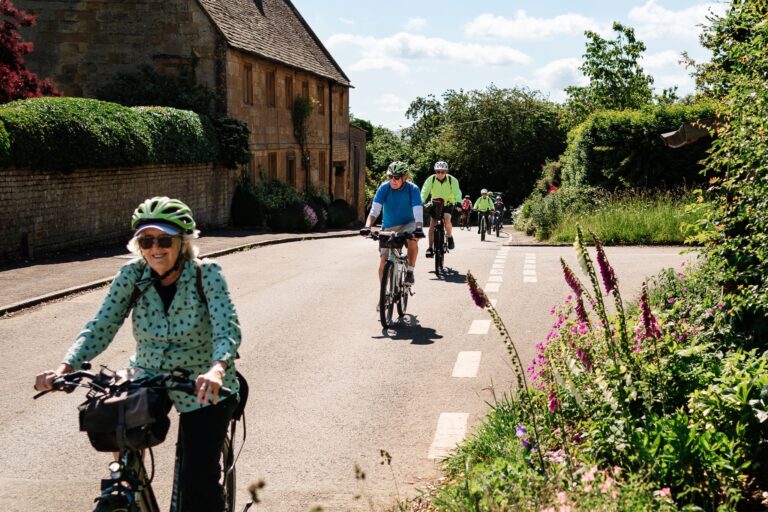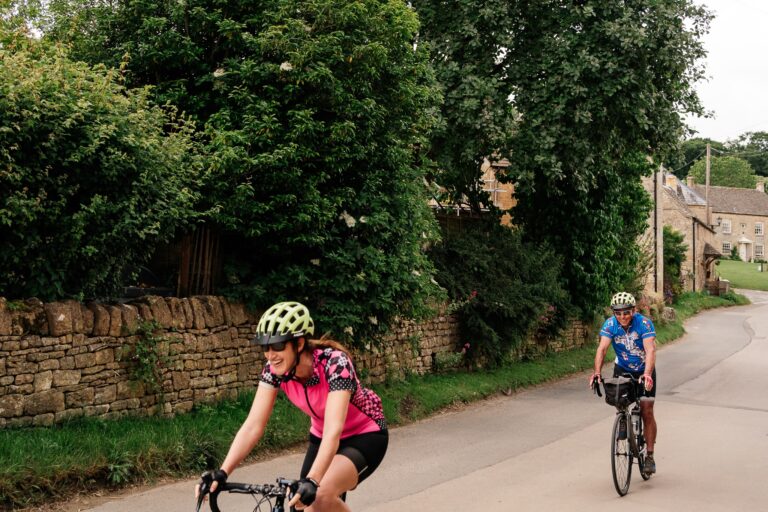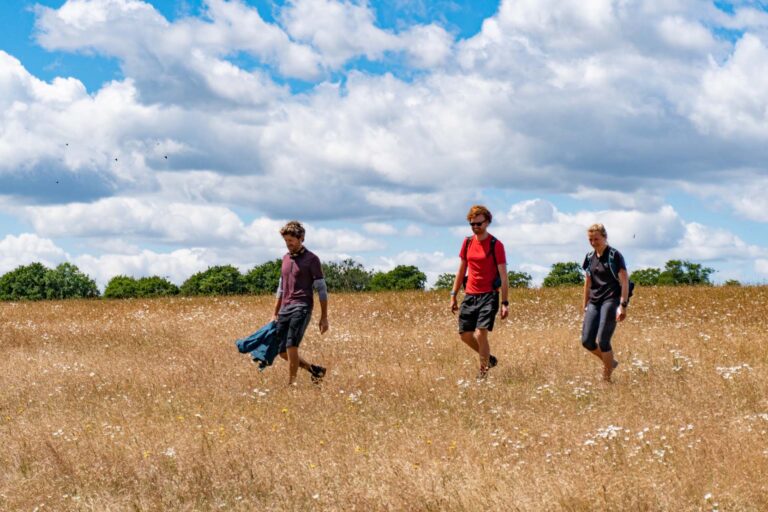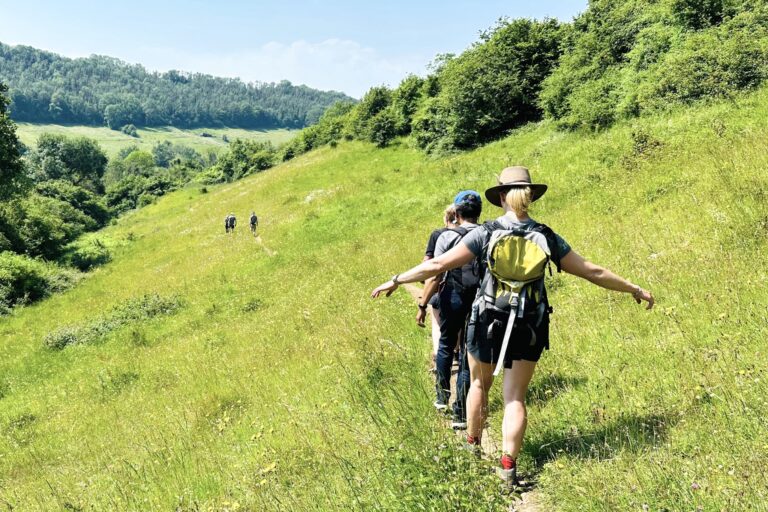Updated: August 5, 2024
10 mins
Destination: Cotswolds
Share
In this article
10 Stately Homes and Castles to visit in the Cotswolds
The Cotswolds, an area of magnificent English countryside, charming villages and famous honey-coloured stone buildings. As well as historic villages and towns, there are several stunning stately homes and castles dotted throughout the counties with even more English history to explore amongst their ancient walls and grand drawing rooms.
With over 4000 castles in the UK in various conditions from the beautifully restored fortresses to some that are more akin to historic ruins. Equally, Stately homes can be found all over Britain, showcasing houses of equal splendor with manicured gardens and country estates.
Whilst castles were originally built to defend an area of land or sea in previous periods of history, stately homes are often owned by a family of high stature and wealth with the properties being passed down through generations. Many of the stately homes in the UK have now been acquired by the National Trust to maintain and allow the public to enjoy.
Often linked to royalty past and present, steeped in history with many stories to tell, let’s take a look at our top 10 castles and stately homes to visit whilst in the Cotswolds.
Map of Cotswold Stately homes and Castles
The Cotswolds, an area of magnificent English countryside, charming villages and famous honey-coloured stone buildings. As well as historic villages and towns, there are several stunning stately homes and castles dotted throughout the counties with even more English history to explore amongst their ancient walls and grand drawing rooms.
With over 4000 castles in the UK in various conditions from the beautifully restored fortresses to some that are more akin to historic ruins. Equally, Stately homes can be found all over Britain, showcasing houses of equal splendor with manicured gardens and country estates.
Whilst castles were originally built to defend an area of land or sea in previous periods of history, stately homes are often owned by a family of high stature and wealth with the properties being passed down through generations. Many of the stately homes in the UK have now been acquired by the National Trust to maintain and allow the public to enjoy.
Often linked to royalty past and present, steeped in history with many stories to tell, let’s take a look at our top 10 castles and stately homes to visit whilst in the Cotswolds.
Dyrham Park
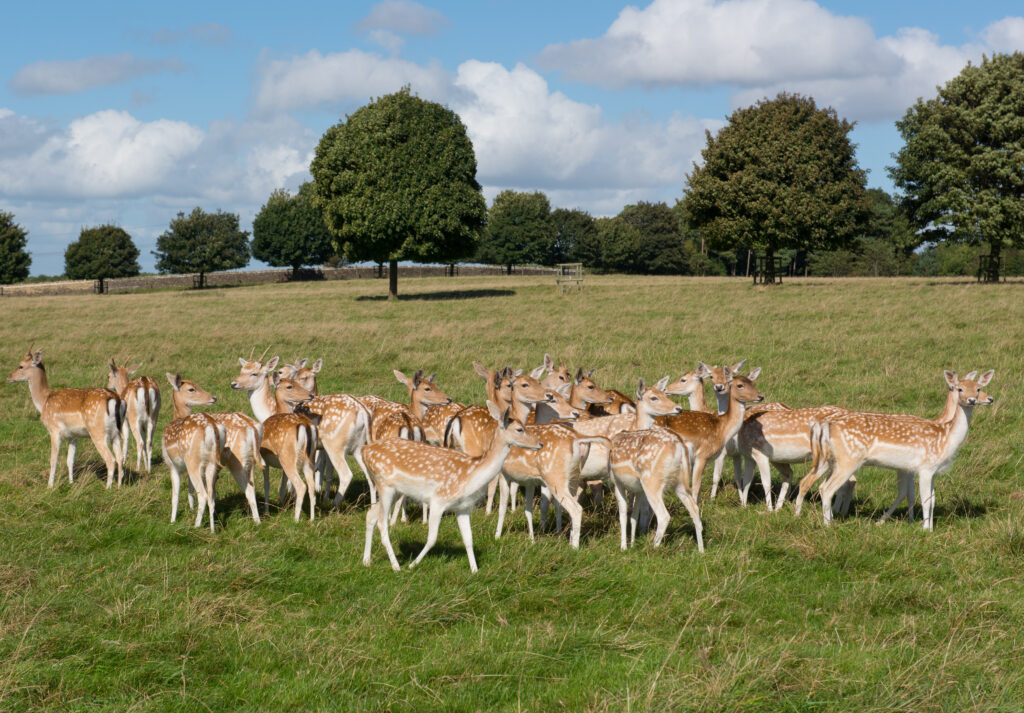
Located near to Bath, Dyrham Park boasts a 270-acre ancient rolling parkland with far-reaching views. A fine example of baroque architecture, the house was created by colonial administrator William Blathway in the late 17th century. For fans of Poldark, the mansion house at Dyrham Park provided the location in the series for the Warleggan’s town house. Look out for the deer roaming freely in the parkland and stop to enjoy refreshments in the quaint tearoom or café.
https://www.nationaltrust.org.uk/visit/bath-bristol/dyrham-park
Sudeley Castle
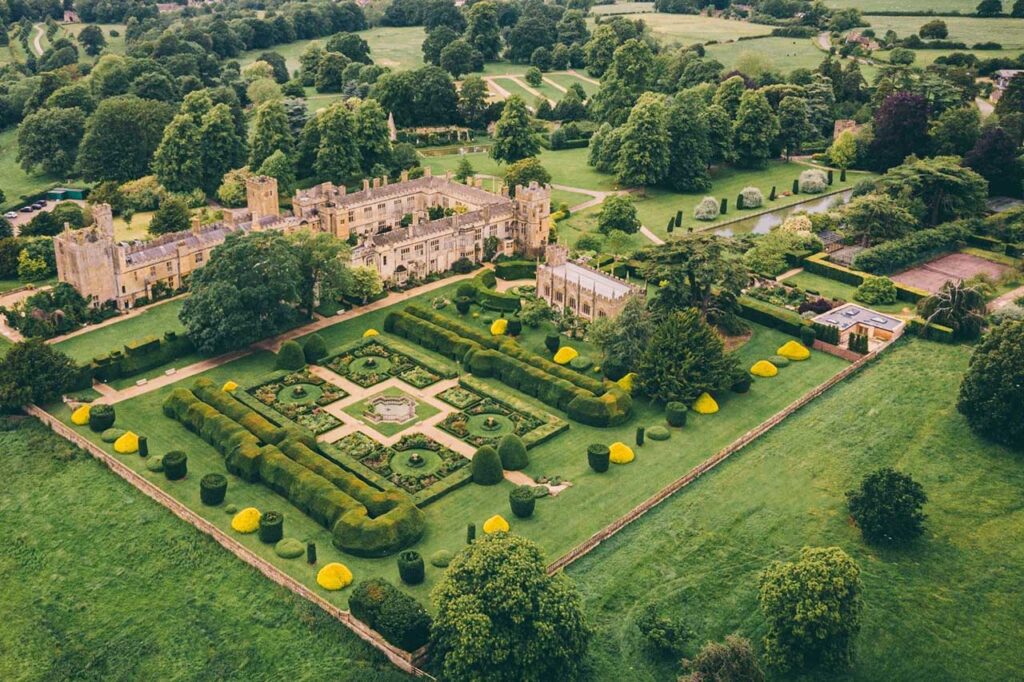
Sudeley Castle is a fantastic place to visit for all ages. The Castle offers plenty of engaging activities and events throughout the year for little ones as well as a fantastic castle themed play area. Unsurprisingly, the castle is steeped in history, with connections to the Royal family spanning 1000 years. Queen Katherine Parr the last and surviving wife of King Henry VIII lived and died in the castle. Discover more about the Henry VIII and Tudor era as you explore the castle walls.
Snowshill Manor
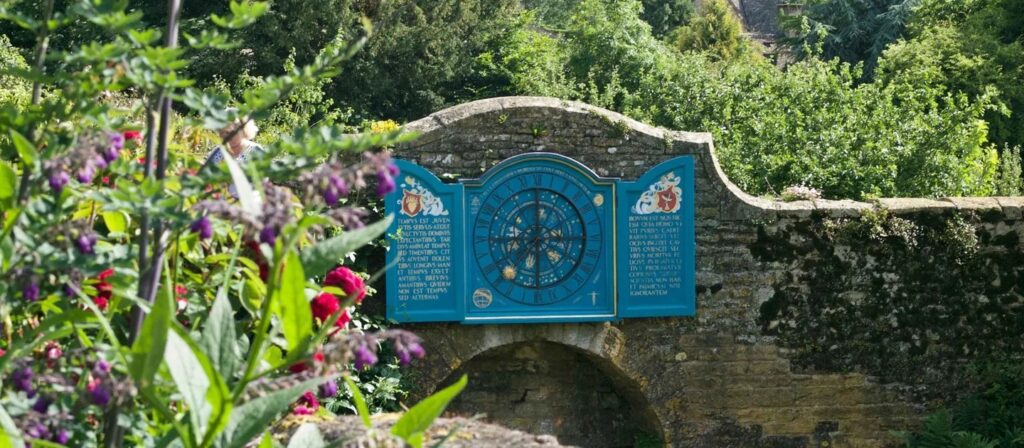
Snowshill is a place like no other: a world away from ordinary and the unconventional home of the eccentric Charles Wade. In an idyllic Cotswolds setting he used architectural and theatrical techniques to dramatic effect and produced an experience like no other. Snowshill is a place filled with colour and intrigue, a delight to the senses. The Arts and Crafts garden is an extension of the house, a series of outdoor rooms. It is filled with curious doorways, hidden vistas and unexpected delights.
https://www.nationaltrust.org.uk/visit/gloucestershire-cotswolds/snowshill-manor-and-garden
Upton House
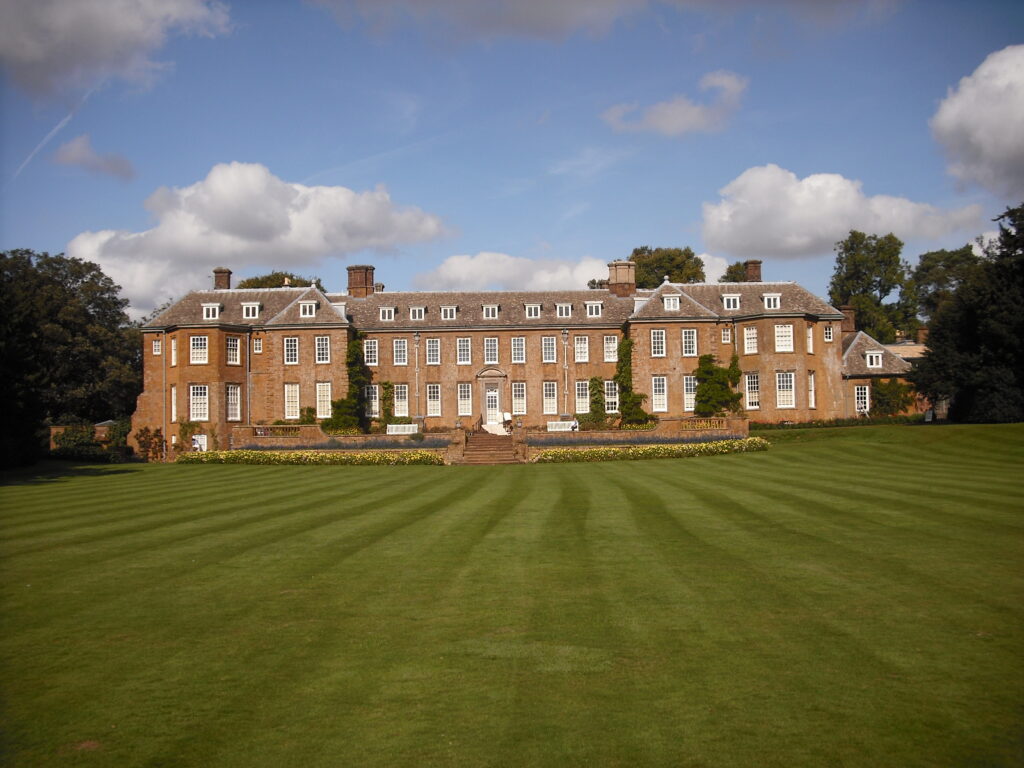
Located in the northern Cotswold area in the county of Warwickshire this honey-coloured house was remodeled for Lord and Lady Bearsted as their country retreat in the 1930s. The gardens were designed by Kathleen Lloyd and feature dramatic terraced gardens as well as herbaceous boarders, an orchard, woodland walks and a mirror pool. Not far from the market town of Banbury on the edge of the Cotswolds this National Trust owned stately home also has a gift shop and plant centre as well as a second hand bookshop.
https://www.nationaltrust.org.uk/visit/warwickshire/upton-house-and-gardens
Chastleton House
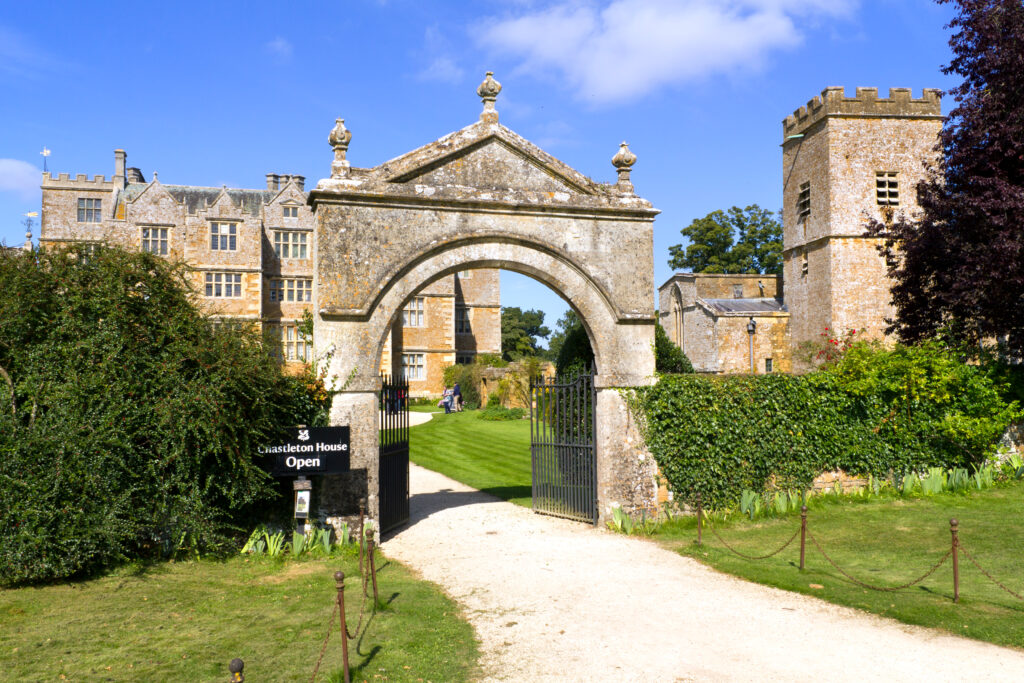
An ancient country house, situated in the heart of the Cotswolds, near Moreton-in-Marsh. Built between 1607 and 1612. As well as the Jacobean mansion, you can also take a look at a traditional Dovecote which would have once been used to house doves or pigeons.
This property bucks the trend of grand country houses owned by the wealthy and titled across Britain. Chastleton House was originally built by a prosperous wool merchant but as the trade declined the house stayed with the same impoverished family until 1991. With virtually no change or upkeep in the 21st century, Chastleton house is almost frozen in time within a gloriously unspoilt setting. The interiors and contents have gradually succumbed to the ravages of time, but it truly allows you to be transported back in history. There is no shop or café at this house as you might expect in keeping with the setting.
https://www.nationaltrust.org.uk/visit/oxfordshire-buckinghamshire-berkshire/chastleton
Stanway house
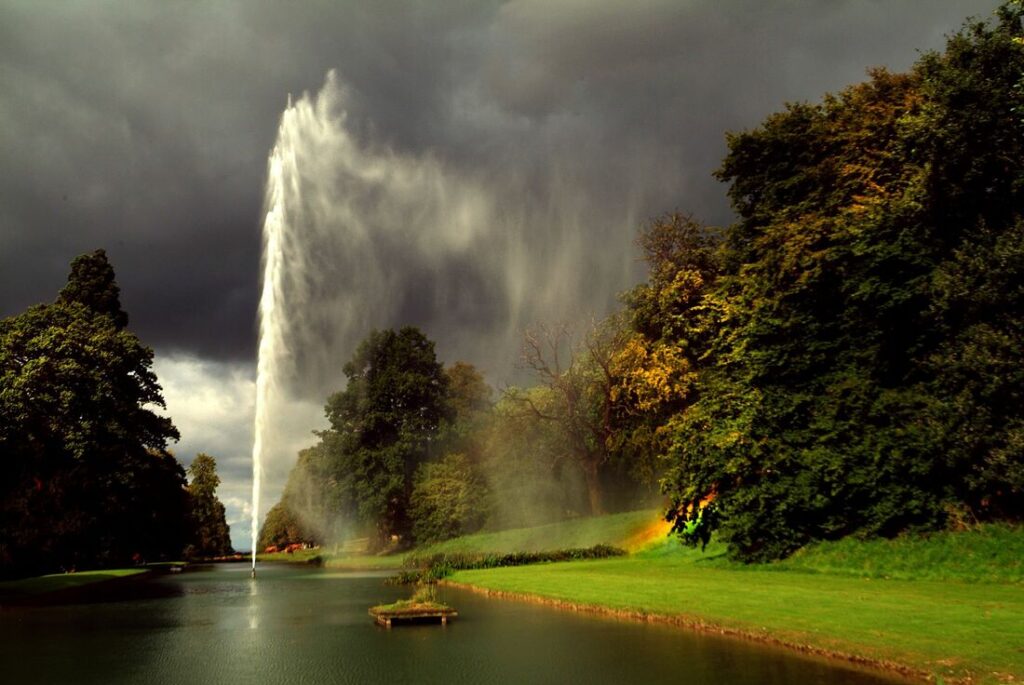
Stanway House is a perfect example of a Cotswold manor house, and since 1533 has been lived in by the Tracys of Stanway and their descendants of the Earl of Wemyss. Almost as opulent as the house, is the fountain and gardens. The glory of the Stanway Watergarden is the single jet fountain that rises magnificently to 300 feet making it the tallest fountain in Britain as well as the tallest gravity fountain in the world. The fountain plays twice each afternoon, weather and drought-dependent. There is a delightful tearoom offering homemade cakes, cream teas and locally produced ice cream as well as hot and cold drinks.
Chavenage House

Located near to Tetbury, Chavenage House is a wonderful Elizabethan manor house. Made from mellow Cotswold stone, it is a family home as well as being used as a filming location in the Poldark series like Dyrham Park. Another house virtually unchanged for 400 years, you can take an intimate tour of the house with the current owner and hear about the ghosts who allegedly stalk the corridors. Of course, you can delve deeper into the past with likes of Thomas Seymour playing a part in the Chavenage House history.
Highgrove House
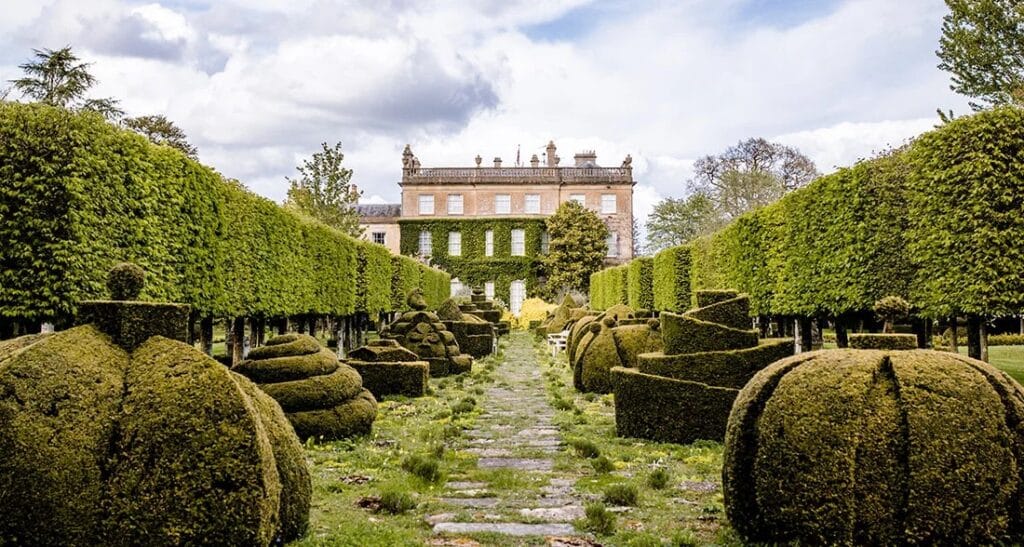
Little introduction is needed to this property, with Highgrove being the current private residence to Their Majesties King Charles III and Queen Camilla. The gardens are as famous if not more so than the house itself, with His Majesty The King devoting much time and energy to transforming the gardens since 1980. The vast estate offers guided tours of the gardens where you can catch a glimpse of the exterior of the regal property. However, due to the house being a current residence, visitors are not able to tour the interior. Nevertheless, the gardens offer plenty to enjoy with seven areas divided up into the Kitchen Garden, The Arboretum, The Stumpery, Cottage Garden. Sundial Garden, Thyme Walk and the Wildflower Meadow. You can enjoy a group or private tour amongst the gardens and include a classic, British Afternoon tea or Champagne tea as part of your visit.
Rodmarton Manor

Located near Cirencester, Gloucestershire, Rodmarton Manor is an example of a house built and all its furniture made according to Arts and Crafts ideals. The house was finally completed in 1929 using local stone, timber and craftsmanship. You can see the original interiors, furniture, ceramics, ironworks and textiles. The 8-acre garden, whilst not on the grand scale of some stately home estates, is widely considered to be a beautiful example of a traditional Cotswold garden with outstanding seasonal variation and a wide selection of planting to enjoy any month of the year.
Newark Park

This large 700-acre estate boasts two farms, many listed buildings and gardens built over three levels with seasonal blooms putting on a show throughout the year. It has been known throughout history as a place for entertaining and hospitality.
Originally a hunting lodge in c. 1550 the dramatic and secluded landscape was perfect for hosting guests in style. After the house and garden fell on hard times in the mid 20th century it was rescued by an American architect Bob Parsons who invested in the property, rejuvenating Newark Park back to a place for gatherings and parties once again. Now the National Trust continues to care and conserve the house and gardens. Perfect for families with a woodland play area, this stately home is somewhere to be enjoyed by all.
https://www.nationaltrust.org.uk/visit/gloucestershire-cotswolds/newark-park
These stately homes and castle provide a rich blend of history, architecture, and natural beauty, making them the perfect destinations for exploring the heritage of the Cotswolds. Each property offers something unique and examples of architecture from different periods of history. Whilst the Cotswold area provides plenty of stately homes to visit there are many other castles and estates to be enjoyed across the UK. The National Trust website is a great place to research places to visit along with the English Heritage for castles and palaces.
If you’re thinking of visiting the Cotswolds, the summer months are particularly busy with visitors. We recommend visiting out of season in the cooler months of April, May or October. Equally, Winter is a delightful time to wander the villages with twinkling fairy lights and cozy pub log fire.
Fancy exploring the Cotswolds by bike or with one of our guided walking tours? Explore our Cotswold tours here.

